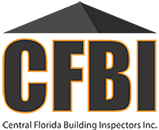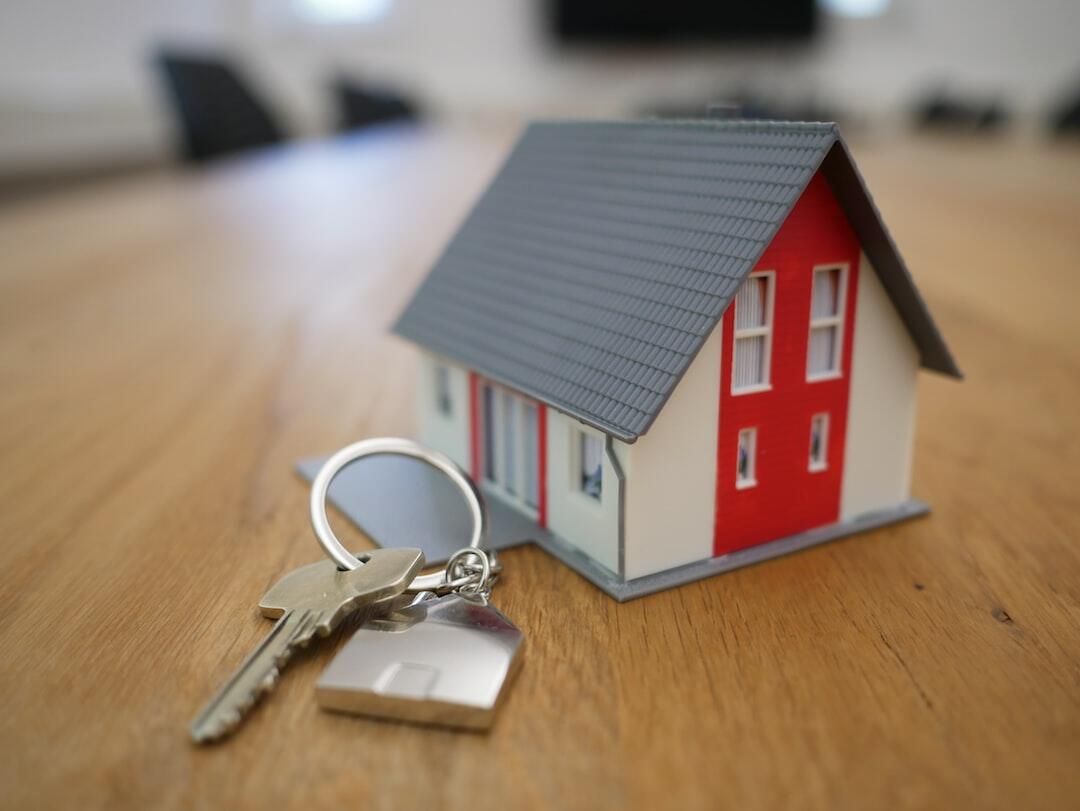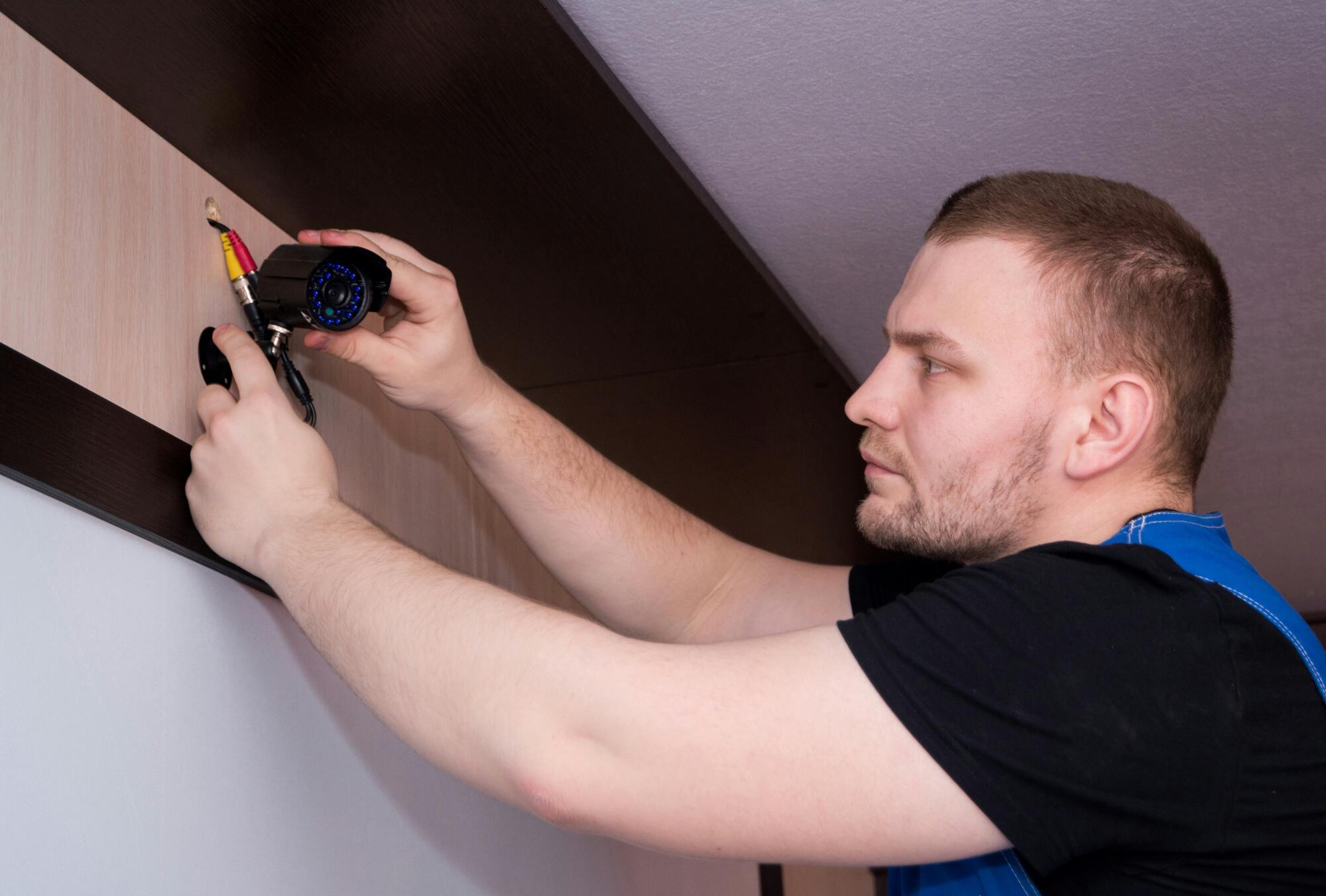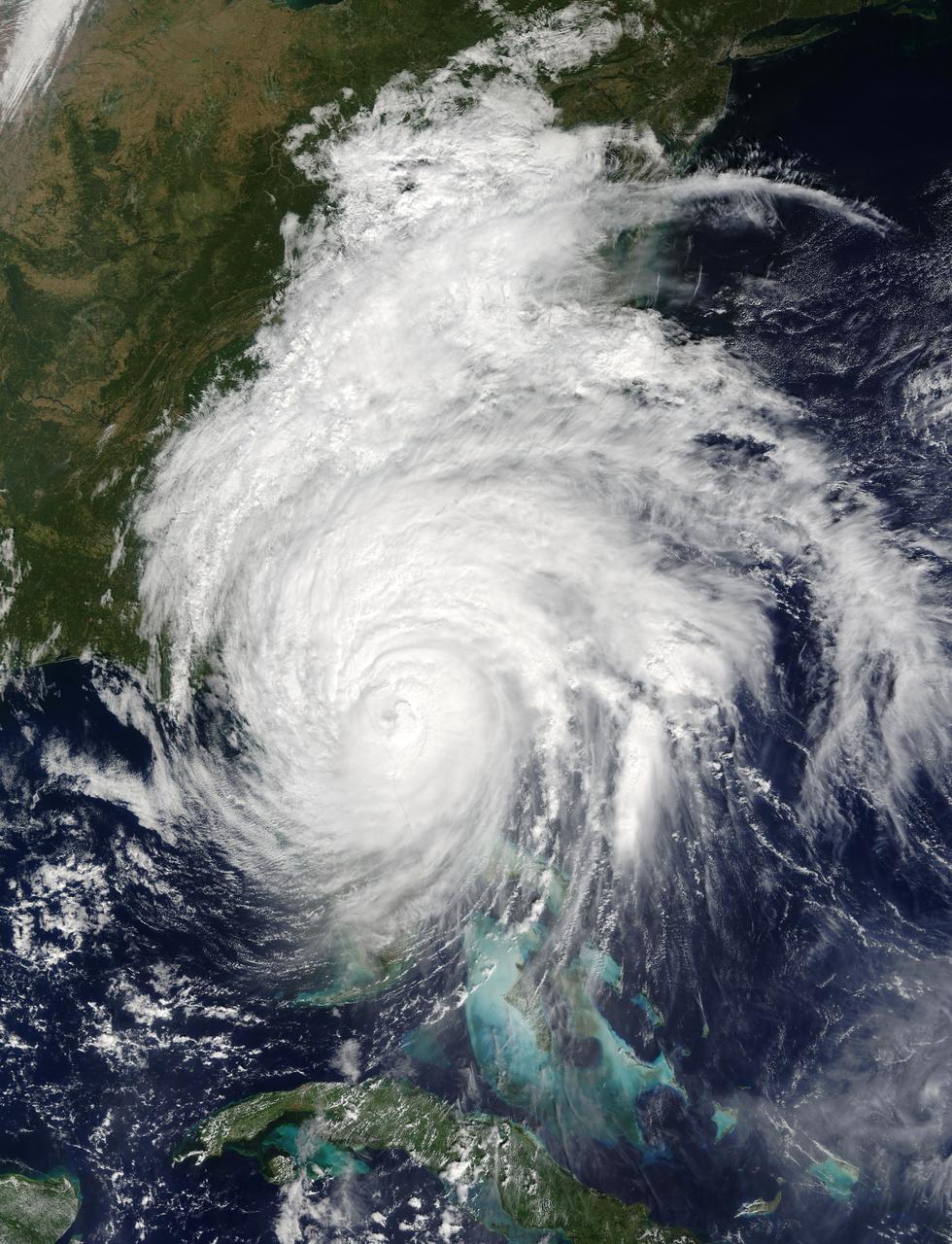Do you have an unexplainable cough, chest pain, or hoarse voice? Have you ever had your home, business, or rental property inspected for radon? While many people keep carbon monoxide detectors in their homes, almost no one considers a radon inspection because they don’t know about the dangers of radon.
The dangers of radon gas in your home are more extreme than you might think. Keep reading to learn all about the dangers of radon exposure and what levels are hazardous to your health.
What Is Radon?
Radon is a naturally occurring gas. Most of the time, in normal quantities, it’s unnoticeable and it shouldn’t have a negative impact on your health. In large quantities, however, it’s problematic.
Most radon exposure happens in businesses, schools, and even homes. Many people go through their lives never knowing that they’re being exposed to radon because the gas has no color or smell. This means that most people will never notice it until it causes health problems.
Radon comes from deep underground. Many people don’t know that it exists at all, but it comes from uranium. As the name implies, radon sends radiation out into the world.
The True Danger of Radon
In short, radon is a carcinogen. This means that it’s a cancer-causing substance. The largest and most common risk of radon exposure is lung cancer.
As a matter of fact, radon is the second leading cause of lung cancer. The first is smoking. If someone is a smoker and has too much radon exposure, they have an even higher risk of lung cancer.
With a high level of radon (20 pCi/L), people who smoke have over 7 times greater chance (260/1000 people vs 36/1000 people) of developing lung cancer than people who do not smoke.
That said, 32/1000 people is still too many. Radon is the #1 cause of lung cancer among people who do not smoke (with the #2 cause being secondhand smoke).
How Much Radon Is Too Much?
So what level of radon is dangerous?
As we mentioned before, radon exposure is normal and fairly harmless in small amounts. Everyone comes in contact with radon, but most people won’t experience problems if they aren’t subject to long-term exposure.
While 20 pCi/L of radon is very dangerous, the dangers start at 4pCi/L. Levels below that are still less than ideal, but they’re not as likely to cause long-term damage.
Because you can’t notice radon levels in your home, it’s almost impossible to identify when you have a radon problem. This is why it’s so important to have professional radon testing. Even if your test shows that you don’t have an excessive level of radon in your home, it’s better to be safe rather than sorry when the health of you and your family is at stake.
Don’t Underestimate The Dangers of Radon
Radon is the second leading cause of lung cancer overall and the top cause amongst people who don’t smoke. The dangers of radon may seem insignificant to non-smokers, but many people develop lung cancer every year.
If you have never had your home tested for radon, we want to help you. Contact us at Central Florida Building Inspectors (or CFBI Inc.) to ask any questions or schedule an inspection today. We want to keep your family safe.










